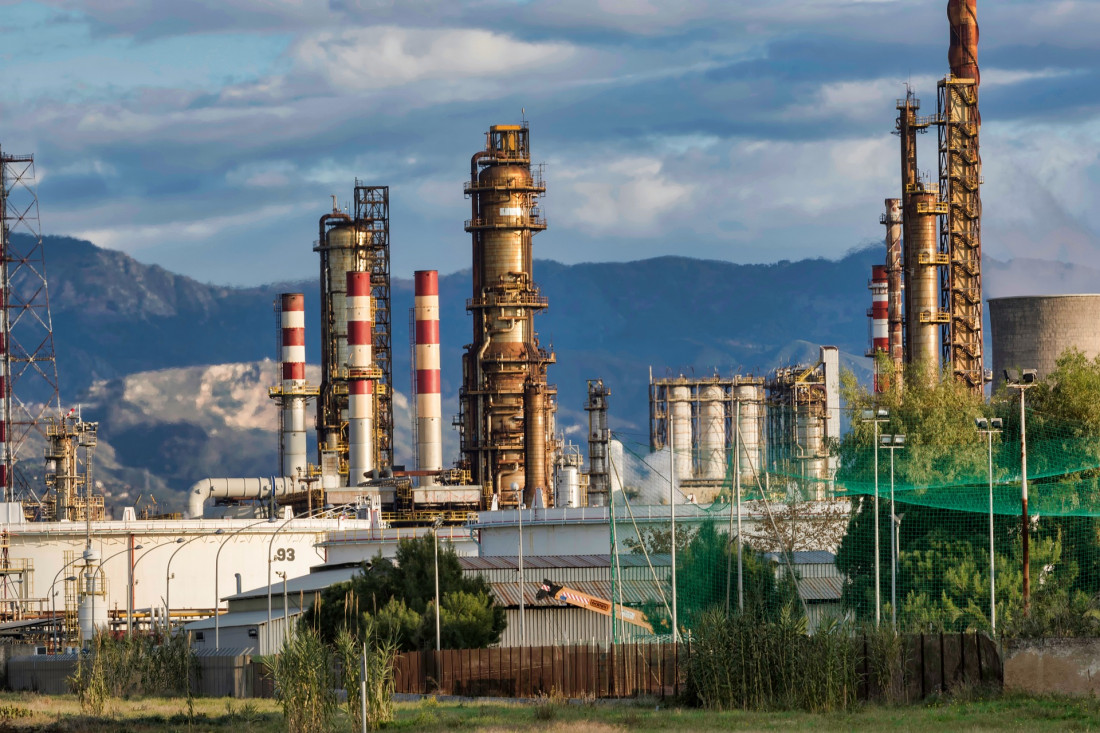For many in the industrial chemical industry, 2016 has been a difficult year due to a number of challenges, as energy prices, regional economic slumps and investment uncertainty all taking their toll. But despite these downsides, there is still much for chemical traders to be optimistic about.
As Zacks Equity Research states in a recent report, “the chemical industry is expected to continue to recuperate through the balance of 2016, supported by continued strength in the light vehicles market, positive trends in the construction space and significant shale-linked capital investment.”
This prediction is all the more surprising given the depressed condition the industry was in following the 2009 recession, which hit chemical manufacturing very hard. Today, the mood among chemical producers is much more positive, with strong growth in construction and automobile markets giving a healthy boost to demand.
That said, chemical suppliers are still looking to lower costs, as Zacks reports, “Chemical companies are increasingly looking for cost synergy opportunities and enhanced operational scale through consolidations amid nagging macroeconomic challenges. Strategic measures including cost management and productivity improvement also remain the prime focus of these companies to stay afloat in a still-difficult global economic backdrop.”
Much of the chemical industry uncertainty revolves around reduced demand and lower growth in the Chinese economy. As Yahoo Finance stated in a report on the Chemical Industry Outlook that, “Lingering weakness in China – a key market for chemicals – is expected to remain a major drag on the chemical industry in the short haul. A persistent credit crunch, overcapacity and weak infrastructure and manufacturing investment are hurting the world’s second-largest economy.” The report also adds that, “the outlook for the fertilizer and agricultural chemicals space remains cloudy due to sluggish economic conditions in certain developing markets, particularly Brazil.”
Conversely, the U.S. chemical industry is in a good position for growth despite the fact that the dollar is relatively strong and oil prices are remaining much lower than in previous years. These two factors aside, the American Chemistry Council (ACC) predicts that, “U.S. chemical production will rise 1.6% in 2016 and 3.7% in 2017. Barring production of the pharmaceuticals segment, output is expected to go up 2.7% this year and 4.1% in 2017. [Meanwhile] basic chemicals production [is expected] to expand 3.1% in 2016 and 4.9% in 2017.
Much of this growth is through new capital investment that has added capacity and a feedstock cost advantage driven by the supply of natural shale gas. As the ACC reports, “The shale gas bounty and ample supply of natural gas liquids has been a huge driving force behind chemical investment on plants and equipment in the U.S. and have provided domestic petrochemicals producers a compelling cost advantage over their global counterparts.” U.S. chemical industry growth is further aided as the ACC, “expects domestic chemical industry capital spending to increase 10.4% in 2016 and 7.8% in 2017.”
The situation for the European chemicals industry is far more uncertain, as the general economy remains stuck in the doldrums, with Eurostat reporting, “paltry growth of 0.3% in the second quarter of 2016”. This low growth will likely continue into 2017 as a result of a pessimistic economic outlook and political uncertainty following Brexit.
European manufacturers are also struggling with prices driven lower by foreign imports, relatively higher energy and feedstock costs and the challenge of changing regulations caused by the introduction of REACH. All this has resulted in the European Chemical Industry Council (CEFIC), calculating that, “chemical output in the European Union contracted 0.7% year over year in the first four months of 2016 with chemical prices falling 3.8% for the period. [Whilst] Chemical production in the region rose just 0.6% last year.” Furthermore, “CEFIC expects a modest growth of roughly 1% in chemical output in both 2016 and 2017.”
Like all global industries, world chemical markets are experiencing great turbulence, with positive and negative factors influencing each region differently. Overall however, the chemicals industry is in rude health, with demand in key sectors fuelling manufacturing growth which in turn is having a positive impact on the chemicals industry.
As the Zacks’ report states, “The chemical industry faces certain roadblocks including a still weak agriculture market, depressed demand in the energy space, slowdown in China and a choppy Europe. Nevertheless, continued strong momentum in the automotive space and an upswing in the construction markets bodes well for the chemical industry.”

